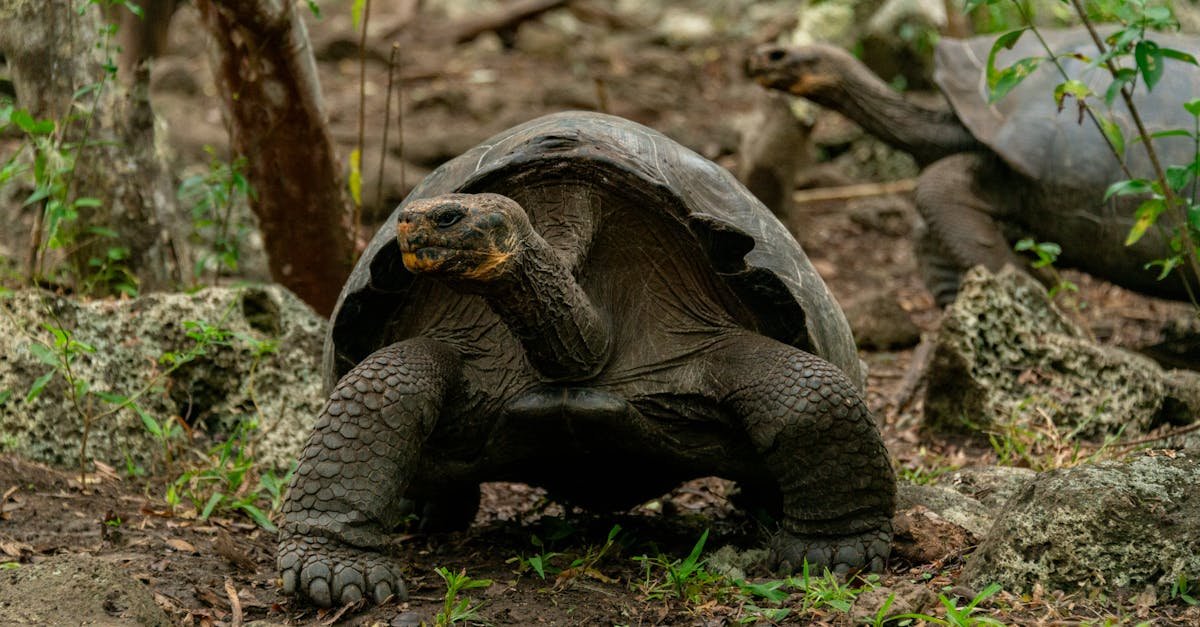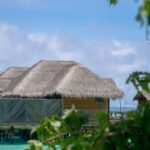Far out in the Pacific Ocean, nearly 600 miles off the coast of Ecuador, lies a magical place like no other. It’s called Galápagos National Park, and it is one of the most important natural treasures on Earth.
This park is not just a destination. It’s a living laboratory. It’s where giant tortoises roam, marine iguanas dive, and blue-footed boobies dance. But most of all, it’s where nature takes the lead, untouched and wild.
Let’s take a closer look at this remarkable place, what makes it so special, and how you can visit responsibly.
What is Galápagos National Park?
Galápagos National Park is part of the Galápagos Islands. It was created in 1959, the same year that the islands became a province of Ecuador. It was the first national park in the country, and it covers about 97% of the land area of the Galápagos Islands.
The park is made up of 13 major islands, 6 smaller ones, and more than 100 tiny islets and rocks. It is also connected to the Galápagos Marine Reserve, which protects the ocean waters surrounding the islands.
Together, the park and the reserve make up one of the most biodiverse areas in the world.
Why is It So Important?
There are many national parks on Earth, but Galápagos is truly one-of-a-kind. Why? Because the plants and animals here are found nowhere else in the world.
More than 80% of the land birds, 97% of reptiles, and 30% of the plants are endemic—which means they live only in the Galápagos. For example:
- Galápagos giant tortoises can live over 100 years and grow over 500 pounds.
- Marine iguanas are the only lizards in the world that swim and feed in the sea.
- Flightless cormorants lost their ability to fly, but they dive like champions.
- Blue-footed boobies use their bright blue feet in silly and beautiful mating dances.
But it’s not just about the animals. The park helps scientists understand evolution, climate change, and how ecosystems work. In fact, this is where Charles Darwin came in 1835 and began forming his famous theory of natural selection.
What Can You See in the Park?
Visiting Galápagos National Park is like stepping into a dream. There are volcanoes, crystal-clear beaches, cactus forests, and lava tunnels. Every island feels different.
Here are just a few must-see spots:
Santa Cruz Island
Home to the town of Puerto Ayora and the Charles Darwin Research Station, Santa Cruz is where most visitors begin. You can meet baby tortoises and learn about conservation here.
Isabela Island
The largest island in the park, Isabela was formed by six volcanoes. It’s full of wildlife, including penguins, flamingos, and sea turtles.
Española Island
This is where you’ll find waved albatrosses, who nest only here. Española also has stunning cliffs and dramatic views.
North Seymour
This small island is packed with life. Watch frigatebirds puff up their red throat pouches and blue-footed boobies strut their stuff.
Bartolomé Island
Famous for its tall Pinnacle Rock, Bartolomé offers amazing snorkeling. You might see sea lions, reef sharks, and even Galápagos penguins.
Animals You’ll Never Forget
One of the most exciting things about Galápagos is how close you can get to the animals. The creatures here have no fear of humans. They may walk right past you—or even pose for your camera!
Some favorites include:
- Sea lions, who love to nap on benches and swim with snorkelers.
- Sally Lightfoot crabs, bright red and quick-footed along the rocks.
- Giant tortoises, slow-moving giants with wise, ancient faces.
- Lava lizards, sunning themselves on black volcanic rock.
- Galápagos hawks, top predators who rule the skies.
In the sea, you might swim with green sea turtles, whale sharks, manta rays, and schools of colorful tropical fish.
How to Visit Responsibly
Galápagos National Park is protected, and that protection depends on visitors being careful and respectful. Here are some important tips:
1. Book with licensed guides and tour companies
Only authorized guides are allowed to lead groups. They help protect wildlife and follow strict rules.
2. Stay on the paths
Don’t wander off. The trails are carefully chosen to avoid damage to plants and nesting areas.
3. Don’t touch or feed the animals
Even though the animals may be curious, they should never be handled or fed. It can harm them.
4. Use reef-safe sunscreen
Regular sunscreen can damage coral reefs. Look for eco-friendly options to help keep the ocean healthy.
5. Follow the “leave no trace” rule
Take nothing but photos. Leave nothing behind—not even crumbs.
Climate and Best Time to Go
The Galápagos Islands have two main seasons:
- Warm season (December–May): Hotter, with occasional rain. The ocean is warm and calm—great for swimming and snorkeling.
- Cool season (June–November): Cooler, with more wind. The water is colder, but animal activity—like mating and nesting—is high.
There’s no bad time to visit. Each season offers something special. December to March is best for green scenery and calm seas. July to October is great for seeing whales and dolphins.
How to Get There
You’ll first need to fly to mainland Ecuador, usually to Quito or Guayaquil. From there, you can catch a flight to the islands.
Flights go to Baltra Island or San Cristóbal Island, both inside the park. Once you arrive, you’ll pay a $100 park entrance fee (half for children) and begin your adventure.
Visitors often explore the islands by small cruise ships or day tours from land-based hotels.
A UNESCO World Heritage Site
In 1978, Galápagos National Park became one of the first places ever named a UNESCO World Heritage Site. That means it is recognized by the world as a place of outstanding natural value.
But being special also means being fragile.
That’s why the park works hard to protect the islands from invasive species, overfishing, and over-tourism. Thanks to strong rules and support from scientists, locals, and travelers, the Galápagos are still wild and thriving.
More Than a Park
Galápagos National Park is more than just a vacation spot. It’s a symbol of hope.
Here, animals live without fear. Nature still follows its own path. People from around the world come not to change the islands—but to learn from them.
It’s a place where giant tortoises roam slowly but surely. Where birds with bright blue feet dance proudly. And where the ocean glows with life beneath the waves.
In Closing
If you ever get the chance to visit Galápagos National Park, take it. But go with open eyes and a gentle heart.
This is not just a journey to islands. It’s a journey into deep time. Into the rhythms of nature. Into the heart of what the world can be when we protect it.
And when you return, you’ll carry something rare: the memory of a wild, ancient world that still exists—and the inspiration to help keep it alive.




